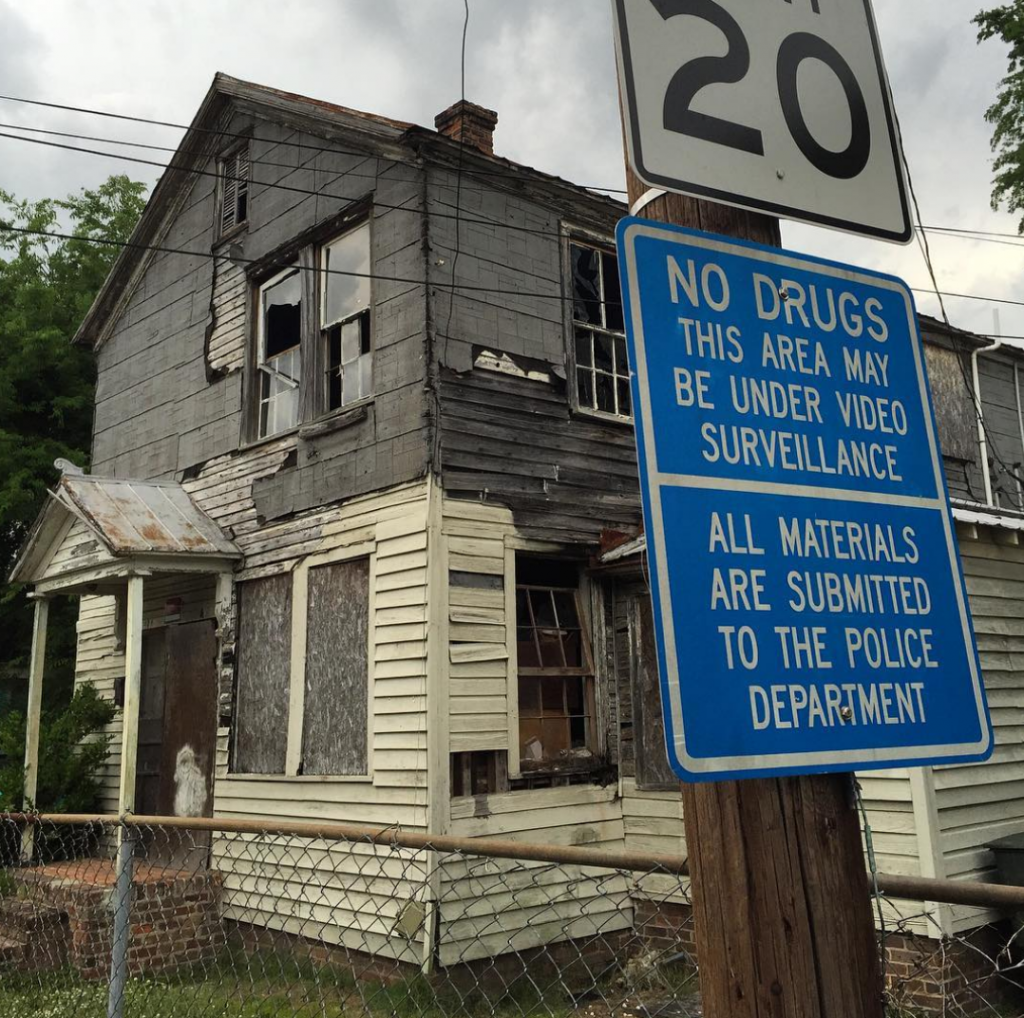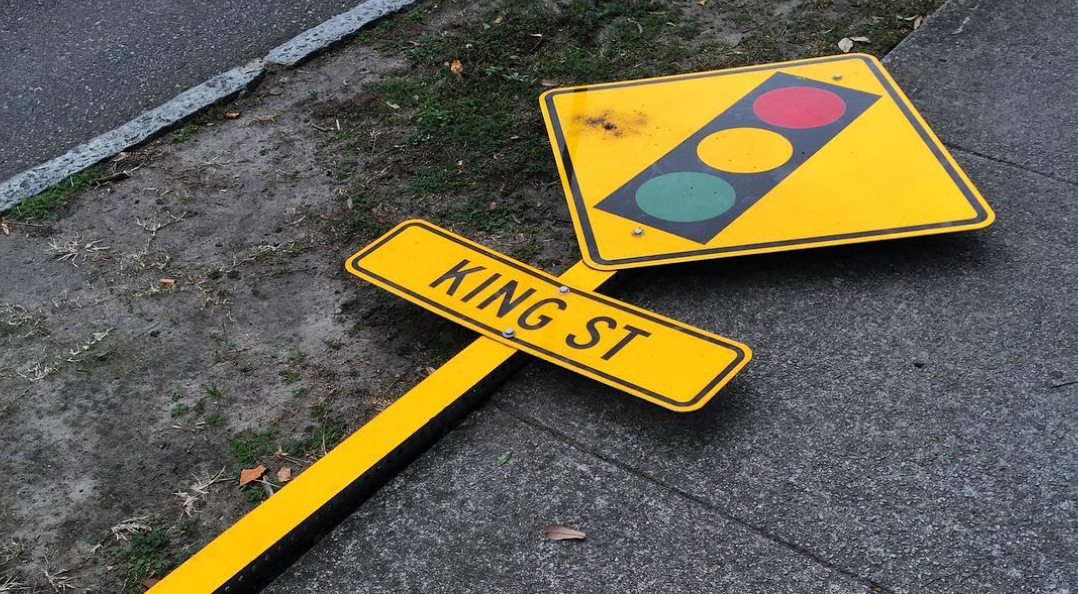Can the Charleston, Berkeley, and Dorchester flooding, traffic, and overall livability issues be resolved? Here are a few suggestions our elected official should take seriously
The Tri-county is growing. If you blink, you miss a new subdivision, apartment complex, office building, brewery or self contained living community. We have become the final destination of choice on the East Coast for starter families, veterans and retirees and there is still no sign of slowing down. That is where the pain points become elevated.

It is almost on a daily basis that you see in the media reference a new land acquisition or commercial real estate purchase. Yet, in the same pages in black and white, we are seeing foundation businessess that have thrived for generations fold to the hands of new investors or bankruptcy.
Rent prices are on the rise. Taxation is at a record high. Meters prices increased in price and operating hours and hundreds of thousands cannot live with the current cost of living.
How do we reverse the trend that is destroying the simple traditional way of life that has remained for over 300 years? Or is it too late?
Here are a few suggestions to help curb the flooding, traffic, cost of living and growing pains and hopefully begin to slow or reverse the trajectory.
- Create a Tri-County Advisory Board – We must work together to pool ideas, resources, and work as one.
- Put a 5-year restriction on new residential housing development – Until the 526 Corridor, road infrastructure, and flooding issues are resolved, we need to curtain population growth.
- Add a Tri-County additional gas tax – Drive revenue growth from tourists and reduce unnecessary driving by changing behavior with increased gas prices. Also, South Carolina is one of the top 5 lowest gas price states in the nation. This is a revenue stream that the area can truly benefit from.
- Our current administration speaks about “liveability” but actions dictate tourism is the top priority. Work to fix that. Add additional taxes to airlines and rental cars and put that funding toward subsidies for parking for downtown workers and small businesses.
- Identify tiered priorities of the locations with the most systemic flooding issues – Tier 1: Highest Priority, Tier 2: Mid-Level Priority and Tier 3: Low priority with potential for more severe issues in the future. Begin to build a plan to address Tier 1 and work toward creating short to long term solutions for our most difficult locations of flooding. Then tackle the next two tiers.
- Add a non-resident toll for beach entrance for Isle of Palms, Sullivan’s Island and Folly Beach. This can be as low as $2.00 – $5.00 per car and put this funding toward additional resources in education, roadway repair, flooding solutions and subsidies for small business in times of crisis.

If we look at some of these alternative solutions, we may find our way back to the place we love to call home.


